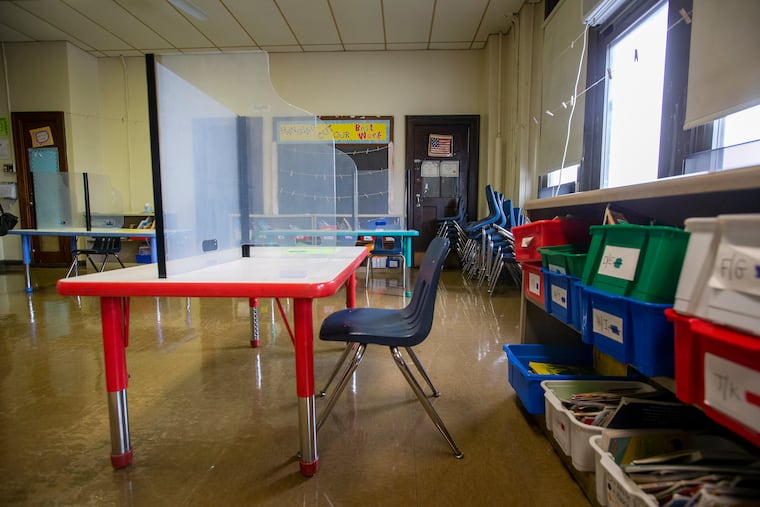CDC gives new road map for schools without requiring schools to reopen
Citing a growing body of science on the virus, officials with the Centers for Disease Control and Prevention outlined strategies for schools, in particular universal masking and social distancing.
